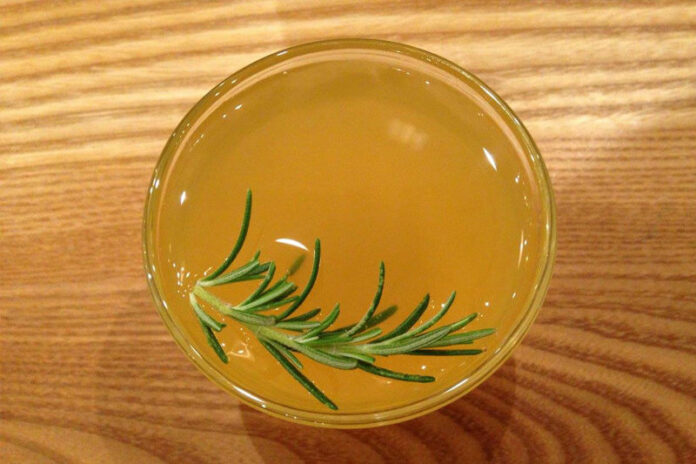
More local eateries offering fermentation drinks, foods
Whether its kombucha or kefir, kraut or kimchi, fermented foods and drinks are more popular than ever.
Even if you don’t know how to pronounce any of the aforementioned, chances are, if you live in Sonoma County, you’ve come across one at a local restaurant or friend’s house.
“Fermented foods and drinks are experiencing a lot more recognition in the culinary world,” said Jennifer Harris, organizer with the Sonoma County Fermentation Festival, which will be held on Sept. 2 this year at the Petaluma Fairgrounds.
Harris said Sonoma County is a great place for fermentation to take off. The festival is a great example: what started as a small community get together in Freestone has morphed into a funky festival where one can find all things fermented, from pickles and sourdough breads to kimchi and krauts to wines and ciders.
“I’ve been on record saying we are the fermentation capital of the world,” Harris said. “The more I research it, the more merit there is to that statement.”
Harris said wineries throughout the region have begun to offer small food pairings for visitors and locals alike to enjoy with wine tastings.
“They’re taking after the Europeans and providing breads, cheeses and fermented foods,” Harris said.
The biggest factor in fermentation’s popularity in the county is the area’s agricultural bounty.
“You can’t have great kombucha or kraut without great produce in the first place,” Harris said.
Healdsburg’s most popular kombucha watering hole is likely SHED, though it can also be found at The Nectary, a Sebastopol-based tea, juice and kombucha shop that recently opened its doors on the Healdsburg Plaza.
The restaurant has been brewing its own kombucha since Perry Hoffman, the culinary director arrived two years ago. He began the process that today, leads to 20 gallons of kombucha imbibed each week.
The restaurant follows standard kombucha brewing practices, placing a SCOBY (symbiotic colony of bacteria and yeast) into a stainless steel brewer pot of black, green or white tea. Sugar is added for the SCOBY to “eat.”
“The sugar makes the SCOBY grow,” Hoffman said.
The growth is the fermentation process, which takes between nine and 12 days at SHED. The longer the fermentation, the more acidic the kombucha will be. After the initial fermentation, Hoffman said the restaurant adds simple syrup made of sugar before allowing the kombucha to ferment again.
“This provides for more effervescence,” Hoffman said.
After another three days, the kombucha sits at room temperature, closed off in a keg.
Hoffman said the kombucha has been a big hit at the restaurant. He’s noticed the surge in popularity of the drink, especially as more people venture into making it at home.
“It’s easy to do,” he said. “People may think it is hard at first, but it’s actually really easy.”
While SHED will sell parts of their SCOBYs to customers who want to brew at home, Hoffman said many store-bought kombuchas would work as well.
“You want one of the really good ones, not one of the pasteurized brands. Just open it up and add some sugar and watch it go,” Hoffman said.
Brewing at home can be a fun way to try to flavors as well as save money on fermented drinks and tonics, which can cost between $3 and $10 a bottle.
“I like to tell people to try out a simple recipe,” Harris said. “Brewing at home can be as every day and routine as making a salad or bread. It’s like when people make a lasagna; it can be daunting at first, but it gets easier the more you do it.”







